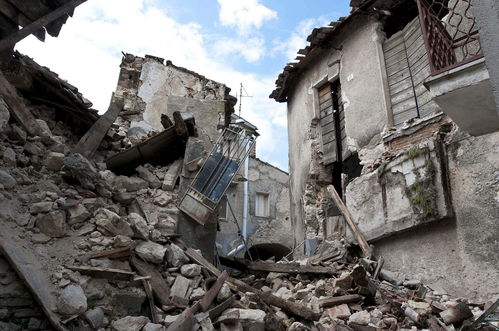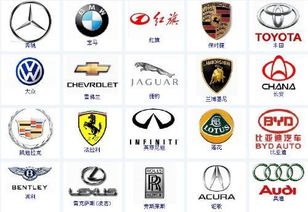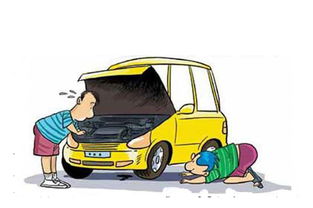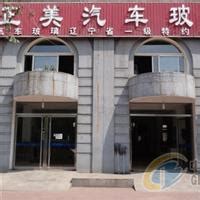北京汽车环保标准查询
"北京汽车环评" translates to "Beijing Automobile Environmental Impact Assessment" in English. An environmental impact assessment (EIA) is a process used to evaluate the environmental consequences of a proposed project or development, including both positive and negative effects. The purpose of an EIA is to ensure that decisionmakers and stakeholders understand the potential environmental impacts of a project before it is approved or implemented.
In the context of automobiles in Beijing, an environmental impact assessment would likely focus on various aspects related to the production, use, and disposal of automobiles in the city. Here are some key areas that might be considered:
1.
Air Quality
: Beijing has long struggled with air pollution, much of which is attributed to vehicle emissions. An EIA would assess the potential impact of increased automobile usage on air quality, including emissions of pollutants such as nitrogen oxides (NOx), particulate matter (PM), and volatile organic compounds (VOCs).2.
Traffic Congestion
: With a large number of vehicles on the road, traffic congestion is a significant issue in Beijing. An EIA would consider how increased automobile usage could exacerbate congestion and its associated environmental impacts, such as increased fuel consumption, emissions, and noise pollution.3.
Greenhouse Gas Emissions
: Automobiles are a major source of greenhouse gas emissions, particularly carbon dioxide (CO2), which contributes to climate change. An EIA would evaluate the potential increase in greenhouse gas emissions associated with greater automobile usage in Beijing and consider strategies to mitigate these impacts, such as promoting the use of electric vehicles or improving public transportation infrastructure.4.
Infrastructure Impact
: The construction and maintenance of roads and other transportation infrastructure have environmental impacts, including habitat destruction, soil erosion, and water pollution. An EIA would assess the potential environmental consequences of infrastructure development to support increased automobile usage in Beijing.5.
Public Health
: Poor air quality resulting from vehicle emissions can have significant impacts on public health, including respiratory problems, cardiovascular disease, and premature death. An EIA would consider the potential health effects of increased automobile usage and identify measures to protect public health, such as implementing emission standards and promoting alternative transportation modes.6.
Noise Pollution
: Automobiles contribute to noise pollution, which can have adverse effects on human health and wildlife. An EIA would assess the potential increase in noise levels associated with greater automobile usage in Beijing and consider measures to mitigate noise impacts, such as sound barriers and traffic management strategies.
Overall, a comprehensive environmental impact assessment of automobiles in Beijing would aim to identify potential environmental risks and impacts associated with increased automobile usage and inform decisionmakers and stakeholders about strategies to minimize these impacts while meeting the transportation needs of the city.











